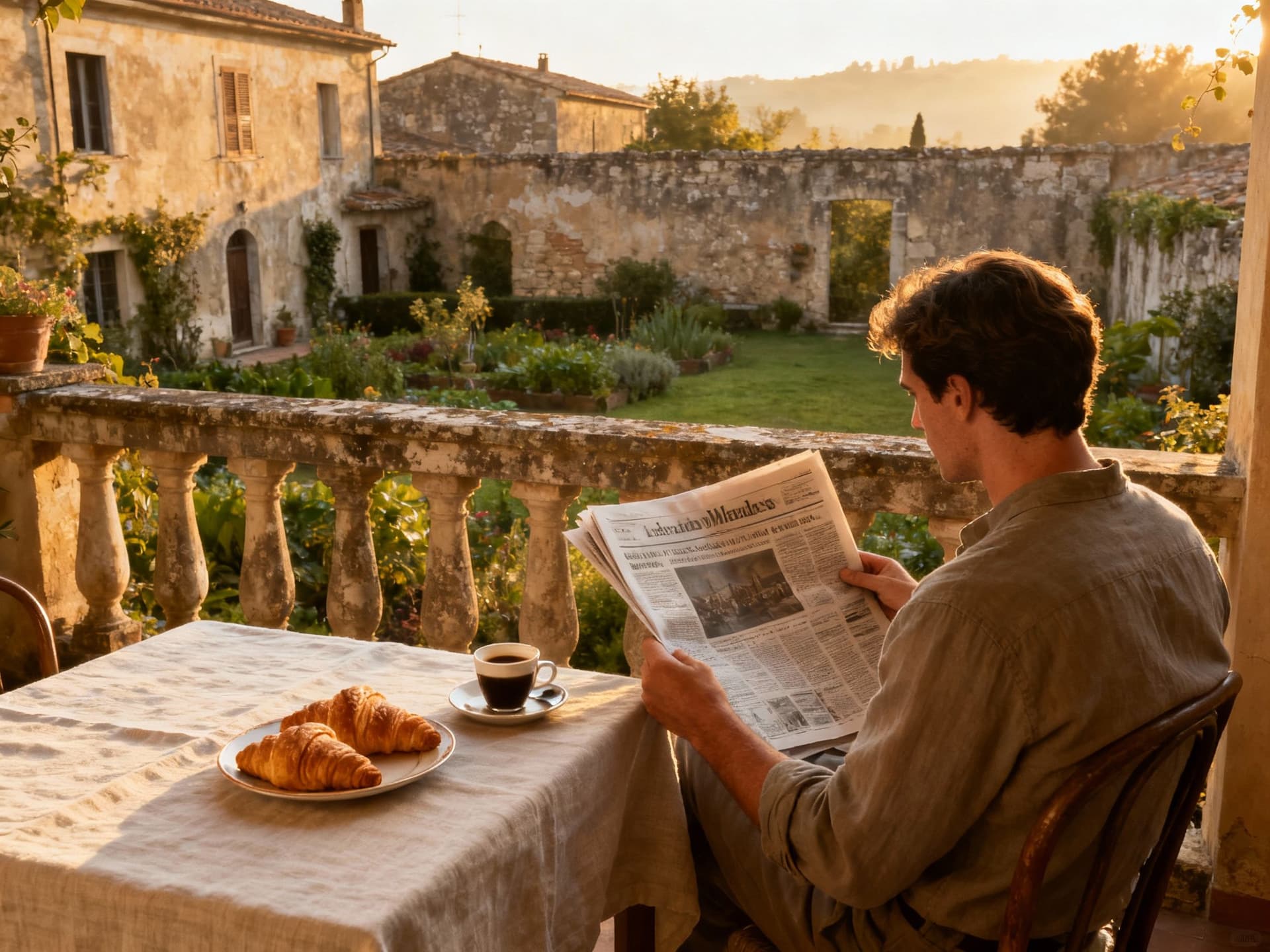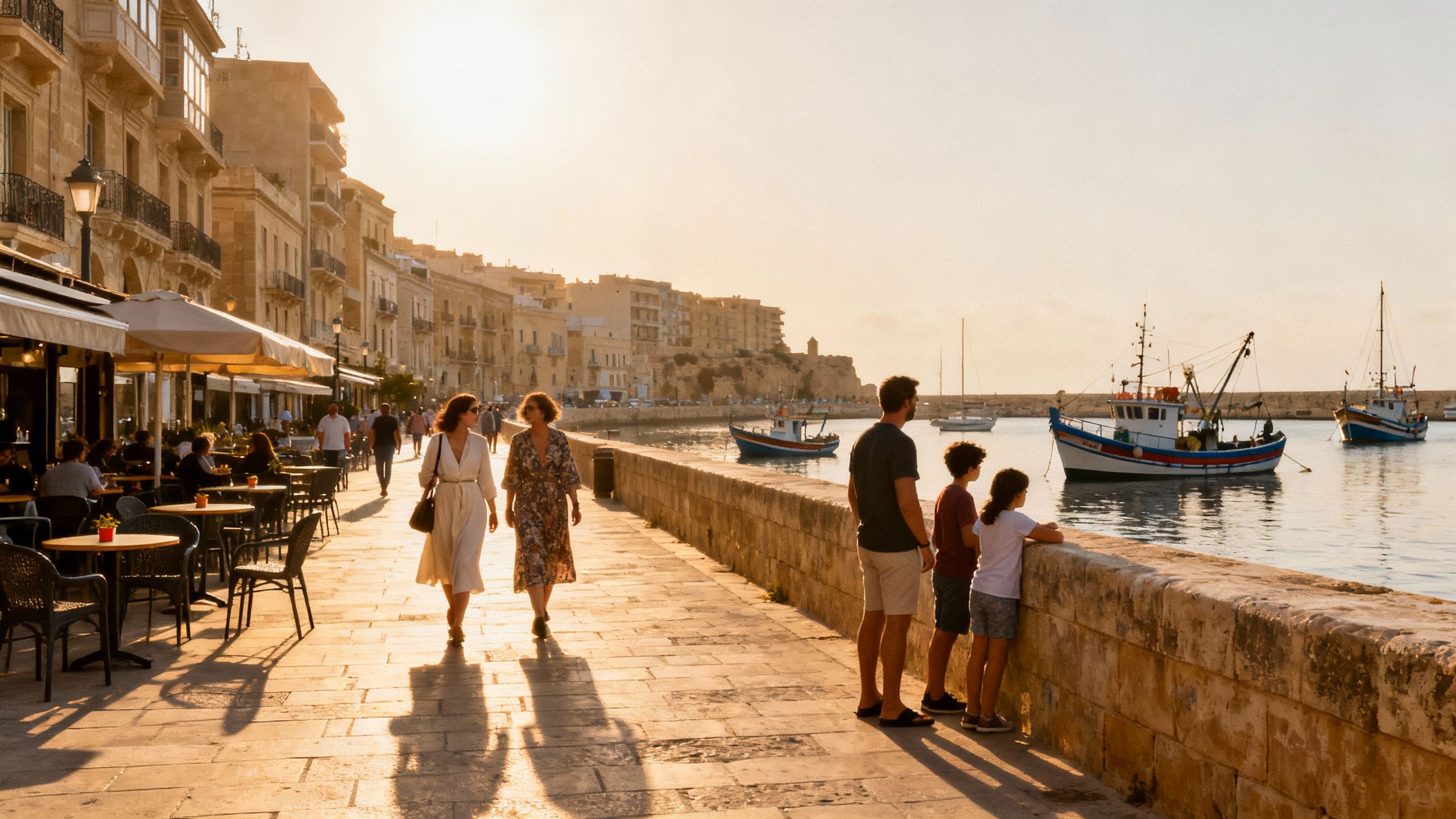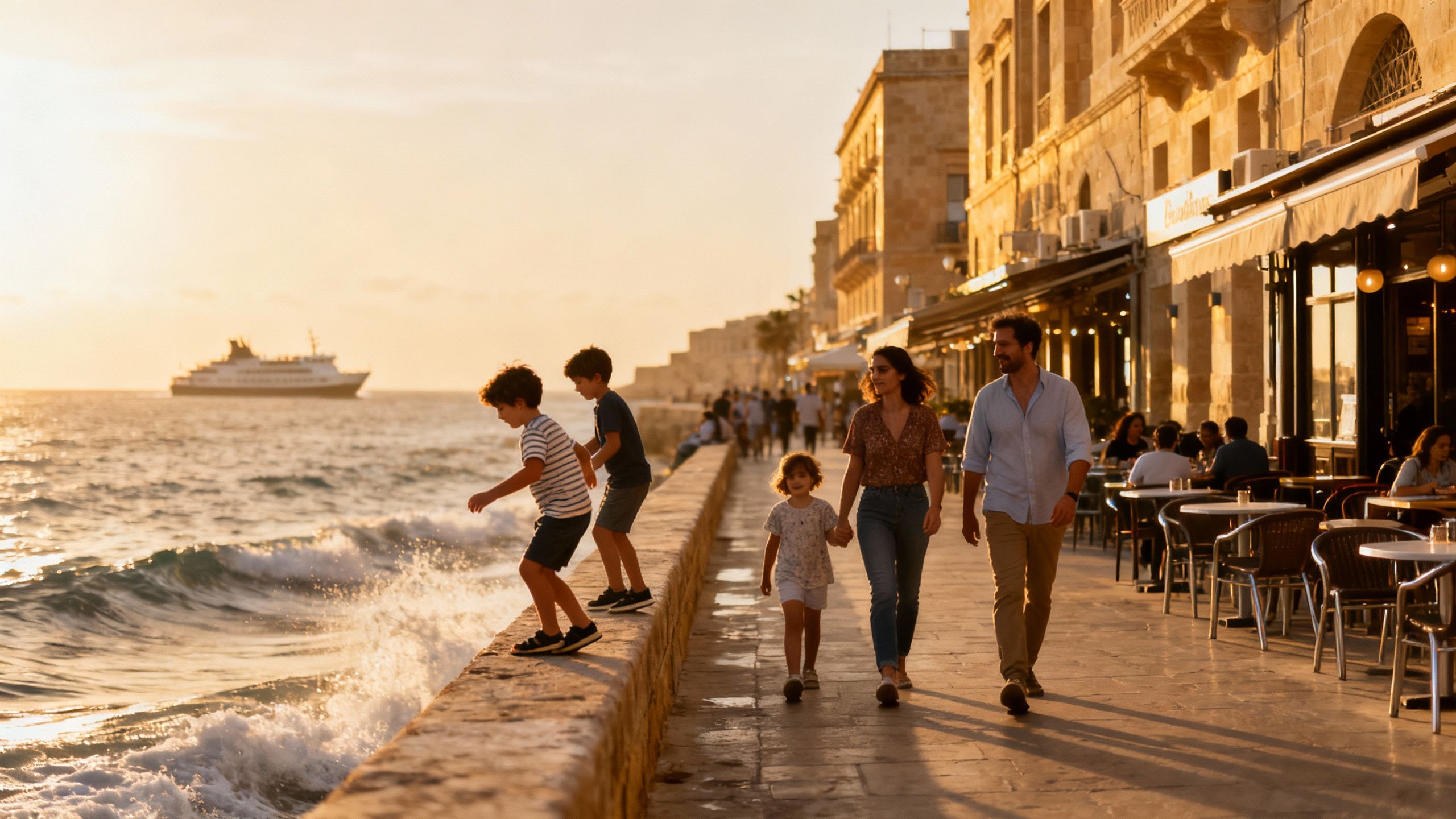How France’s Neighbourhood Rhythms Reveal True Living Costs
Sensory life in France shapes real costs: use neighbourhood rhythms, energy ratings and local expertise to budget beyond purchase price. INSEE and notaire data guide realistic expectations.
Imagine waking to a street market in Aix‑en‑Provence as vendors arrange crates of figs and brassicas, or stepping from a Haussmannian lift onto a quiet rue near the Panthéon to buy morning coffee. France is a study in rhythms: long café mornings, vibrant Saturday markets, late dinners lit by table lamps, and a measured attention to craft that extends from boulangeries to centuries‑old façades. For anyone weighing life here, the dream is sensory and civic at once — but so too are the practicalities of everyday costs that shape whether that dream becomes sustainable.
Living the France lifestyle: everyday scenes that matter

To live in France is to live in neighbourhoods that announce themselves by taste and tempo. In Bordeaux the riverfront invites long evening promenades and glassware‑quiet bistros; in Nice the Promenade and small covered markets set a Mediterranean cadence; in Lyon the traboules, markets and bouchons create a civic intimacy that feels like inhabiting a long, delicious conversation. These textures determine expenses: a market‑centric life can reduce grocery bills but increase the desire to entertain; a seaside rhythm lends itself to seasonal homes and the costs that come with them.
Neighbourhood snapshots: where life and budget intersect
Consider Paris’ 11th arrondissement — a place of narrow streets, independent cafés and local artisans. It offers the density of services that reduces daily transport costs but commands a premium on space. Contrast that with Le Puy‑en‑Velay or Perpignan: quieter towns where square metres are more affordable but where you may trade on convenience and some specialised services. The choice is seldom between ‘cheap’ and ‘expensive’ alone; it is about how the neighbourhood’s rhythm fits the life you intend to lead.
Food, markets and the seasonal wallet
Markets are both cultural anchor and practical economy. Shopping at Marché Victor Hugo in Toulouse or the Marché Forville in Cannes lets you buy superior produce without resorting to expensive speciality chains. Yet seasonal living matters: coastal towns inflate during summer, ski villages spike in winter for heating and maintenance, and the cost of enjoying local festivals or gastronomic seasons adds an annual layer you should budget for.
Making the move: practical considerations that shape cost of living

Dreams meet arithmetic in the months after arrival. National inflation has cooled back toward low single digits, easing operating costs for households, but property markets have their own momentum: transaction volumes and local price patterns vary sharply between Paris, regional cities and rural France. Understanding this split — lifestyle areas with high per‑square‑metre prices versus quieter places with lower recurring costs — is essential to realistic budgeting and long‑term stewardship.
Property types and the costs you might not expect
A small Parisian apartment reduces commute time and offers immediate cultural density, but service charges, repairs to period plumbing and higher municipal taxes can add materially to monthly outgoings. In contrast, a restored stone maison in the Dordogne gives space and a garden — lower energy bills if insulated well, but higher transportation costs and maintenance of older fabric. Read the house as a lifestyle proposition: how you intend to use it determines the real cost, not only the purchase price.
Working with local experts to align lifestyle and budget
Choose agents who can translate neighbourhood rhythm into operating costs: utility history, average co‑propriété charges, likely renovation quotes and realistic rental yields if you plan to let. A local notaire or agency can quantify purchase‑related expenses and taxes in the region where you want to live. These experts are not merely transactional brokers; they are curators of an achievable life in place.
Insider knowledge: what expats say they wish they’d known
Expats often recount three surprises: the role of seasonal cost swings, the granular effect of neighbourhood services on daily spending, and the maintenance costs of historic properties. One couple told us that a jaw‑dropping country manor required an annual heating overhaul that erased much of the rental income they had planned. Another family learned that choosing a commune with good school provision cut long‑term childcare and transport costs more than they expected.
Cultural nuances that influence spending
The French preference for quality services and artisan goods means you will often pay a little more for better produce or craftsmanship — but those choices extend the life of what you buy. Social life also has cost implications: regular dinners with friends, membership at a local pétanque club or subscriptions to seasonal cultural programming are part of the lifestyle budget, not optional extras.
Long‑term considerations: stewardship, resale and seasonal use
Think like a steward: historic homes require a maintenance reserve; coastal properties demand budget for weatherproofing and insurance; ski chalets imply higher utilities and local management costs. If you intend to rent seasonally, regulation and short‑term letting rules vary by municipality and must be part of your financial model. Over time, a well‑chosen property that suits local rhythms often outperforms speculative buys that ignore everyday use.
Lifestyle highlights to weigh when comparing places in France: • Morning market routines (e.g., Marché Forville, Cannes) reduce supermarket spend and enhance daily life. • Proximity to a village boulangerie or local school can lower transport costs and build community ties. • Energy performance (DPE rating) affects utility bills and resale value; prioritise A–C where possible. • Seasonal demand in coastal and alpine towns increases variable costs for maintenance and management. • Access to rail links (TGV) reduces the need for frequent car ownership in many regional centres.
A simple three‑step financial checklist before making an offer: 1. Collate real operating costs: obtain 12‑month utility bills, co‑propriété charges and local tax history from the seller. 2. Commission a local expert review: a surveyor and an architect if you intend to renovate — get firm quotes, not estimates. 3. Model seasonal scenarios: run your budget for low and high seasons, including likely short‑term letting income and vacancy risk.
Conclusion — how to marry daily life with sound decisions
France rewards those who attend to detail. The sensory pleasures of markets, cafés and neighbourhood life are the first reason many arrive; the second is the ability to sustain that life through prudent budgeting and local expertise. Begin with neighbourhood visits that feel like living there, gather operating numbers rather than approximations, and work with advisers who understand both the aesthetic and fiscal dimensions of French property. In doing so you preserve not only capital but the life you moved here to enjoy.
Conclusion paragraph with key takeaways and next steps: Visit sample neighbourhoods at different times of day and season, request detailed operating costs from sellers, and engage a local notaire and agent to model long‑term stewardship. Those three steps turn a romantic impulse into a sustainable home in France.
Relocating from London to Mallorca in 2014, I guide UK buyers through cross-border investment and tax considerations. I specialise in provenance, design integrity, and long-term value.


